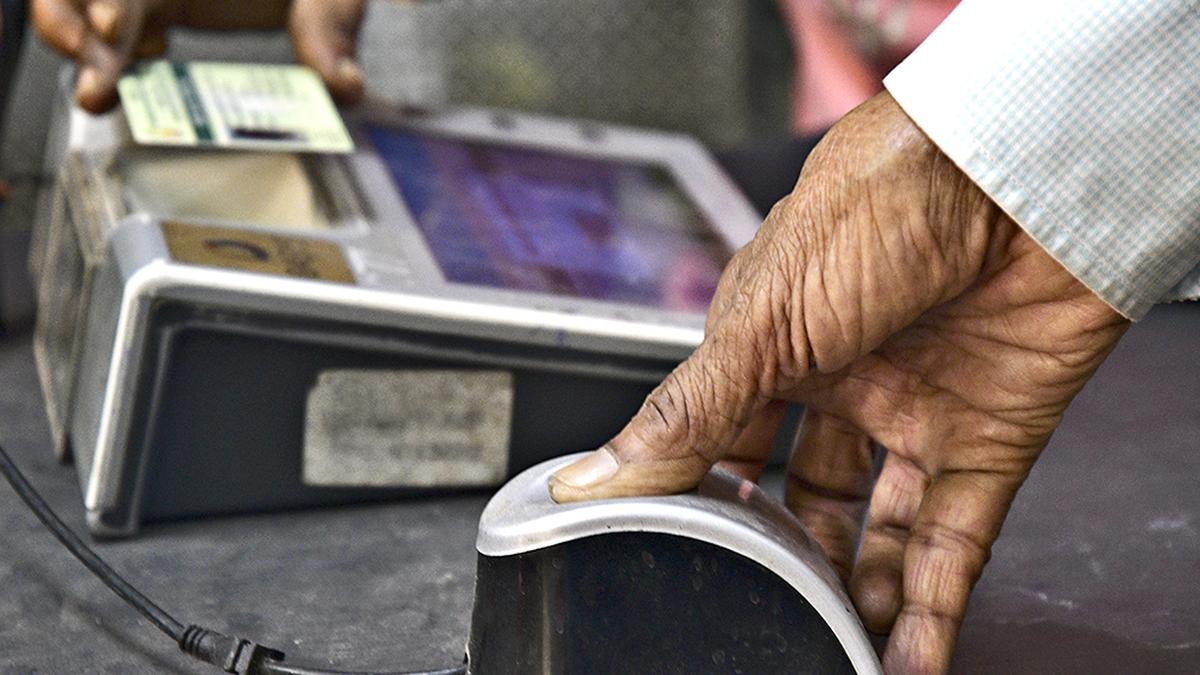



Copyright infringement not intended
Picture Courtesy: https://www.thehindu.com/opinion/op-ed/gamify-indias-skilling-initiatives/article68962313.ece
India has established a comprehensive institutional and policy framework for training and skill development, but its success is limited.
According to the Periodic Labour Force Survey 2022-23, only 21% of young people aged 15 to 29 have received vocational/technical training, while only 4.4% have received formal vocational/technical training.
The Chief Economic Officer stated that only 51% of India's graduates are employable. These statistics raise concerns about the reach, quality, and relevance of existing skilling programmes.
The importance of aligning India's skilling efforts with Industry 4.0 (I4.0) is to prepare the workforce for jobs that require advanced technological skills.
Industry 4.0 combines artificial intelligence, robotics, big data, and the Internet of Things to enable smart manufacturing. With more than two-thirds of Indian manufacturers expected to adopt digital transformation by 2025, it is critical to provide workers with the necessary skills.
Currently, only 1.5% of Indian engineers have the skills required for new-age jobs, and 60% of the MSME workforce lacks digital skills, highlighting the importance of targeted skilling and upskilling.
The SAMARTH Udyog Bharat 4.0 initiative is a government-led effort to prepare the Indian industry for Industry 4.0 through skill development and advanced technology training.
The initiative focuses on improving the workforce's ability to handle digital transformation in industries, as well as ensuring that training content is up to date with the industry's evolving needs.
Gamified and simulation-based learning can enhance skill-development programs by making training more interactive, engaging, and practical.
Gamified learning uses game elements such as rewards, points, and leaderboards to encourage trainees to complete tasks and engage with the content.
Simulation-based learning creates virtual environments in which trainees can practice skills, make decisions, and learn from mistakes with no real-world consequences.
These methods promote increased engagement, knowledge retention, and practical skill development, potentially improving the quality and outcome of workforce training.
|
Case Study Singapore and Germany have successfully integrated gamified and simulation-based learning into their education, vocational, and skill training systems. These countries have recognized the potential of these methods to better engage learners and improve skill acquisition, resulting in better outcomes for their workforce training programs. |
How can gamified and simulation-based learning be integrated into India’s existing skilling platforms?
India can integrate gamified and simulation-based learning into its existing skilling platforms, such as SWAYAM and Skill India Digital Hub (SIDH). These platforms can host interactive training modules that replicate real-world scenarios and offer gamified experiences.
Such platforms already have a large number of enrolled candidates, and integrating these modern learning methods would improve engagement, retention, and training quality aligned with industry requirements.
Way Forward
Gamification and simulation-based learning can significantly improve the quality and relevance of training in skilling initiatives. It will aid in the development of a more engaged and skilled workforce prepared to meet the demands of Industry, which is critical for India's digital transformation and economic growth.
Must Read Articles:
“SKILL INDIA DIGITAL” PLATFORM
Source:
|
PRACTICE QUESTION Q. Discuss the challenges India faces in closing the skills gap between job seekers and industry demands. How can gamification and simulation-based training improve the efficiency of skill development programs? (250 words) |



© 2025 iasgyan. All right reserved